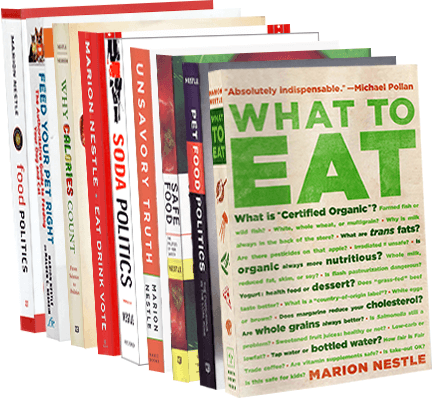Investigators at the University of Hawaii have just analyzed nearly 500 samples of fast food for their content of stable isotopes of carbon and nitrogen. These are not radioactive but do indicate whether a plant conducts its photosynthesis through what is called a C3 or C4 metabolic pathway. Corn is a C4 crop. The analysis shows that virtually all of the meat came from animals raised on corn. The potatoes were typically fried in corn oil. Corn, say the investigators, is the basis of fast food. And virtually all fast food is raised or prepared the same way.
Didn’t we know that? Yes, but the technology used in these experiments is clever. Michael Pollan discussed this kind of chemical evidence in Omnivore’s Dilemma. Although I do not think it was his intention, many readers came away with the idea that corn is poison. It isn’t. Corn is a perfectly reasonable food, especially when mixed with soybeans, and the mix works fine for fattening up cattle. From the standpoint of nutrition and the environment, feeding cattle on grass would be ideal, but it may not always be practical. That’s why some forward thinking cattle producers are raising their animals on grass for as long as they can, and then doing a quick finish with corn and soybeans.
A more important issue may be corn subsidies. Cheap feed promotes industrial meat production, with all of its environmental and health implications. CAFOs (confined animal feeding operations), as the Pew Commission said earlier this year, have truly dreadful effects on the environments of the communities in which they operate, are not healthy for animals, and overuse antibiotics, which affects human health. Corn subsidies make CAFOs possible.
We can argue about how much corn is OK, but I can’t think of any reason to exclude it from the diets of animals or humans. Corn is a good source of calories and is about 10% protein. Its oil is relatively unsaturated. And high fructose corn sweeteners are an almost one-for-one substitute for sucrose. For humans in particular, fresh sweet corn in mid-summer is surely one of the great wonders of the universe. As with so much else in nutrition, some corn is OK, but a lot may not be.

